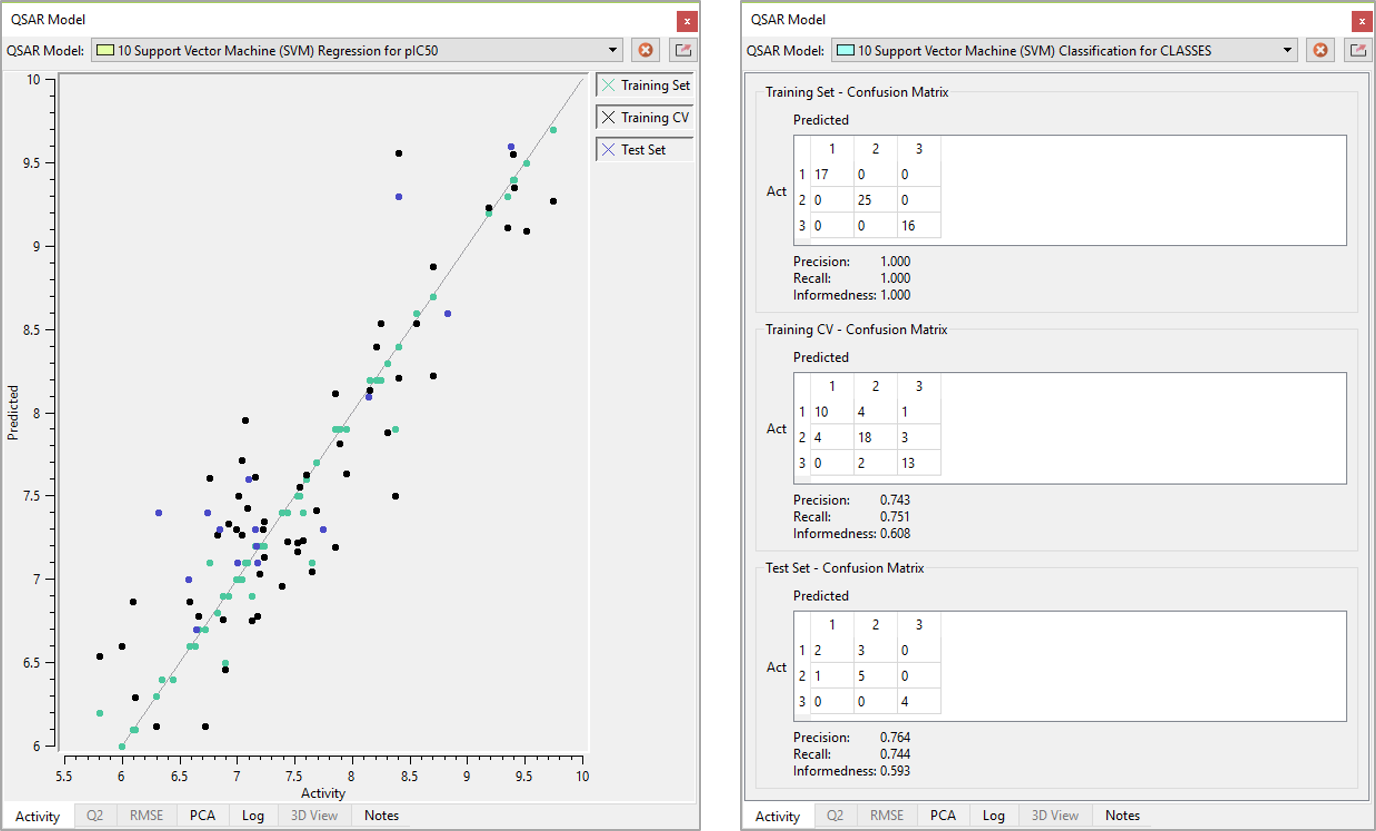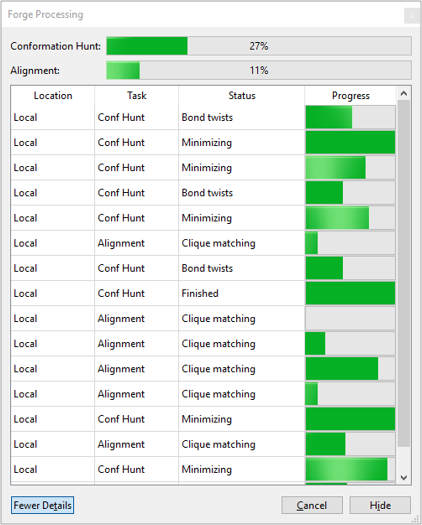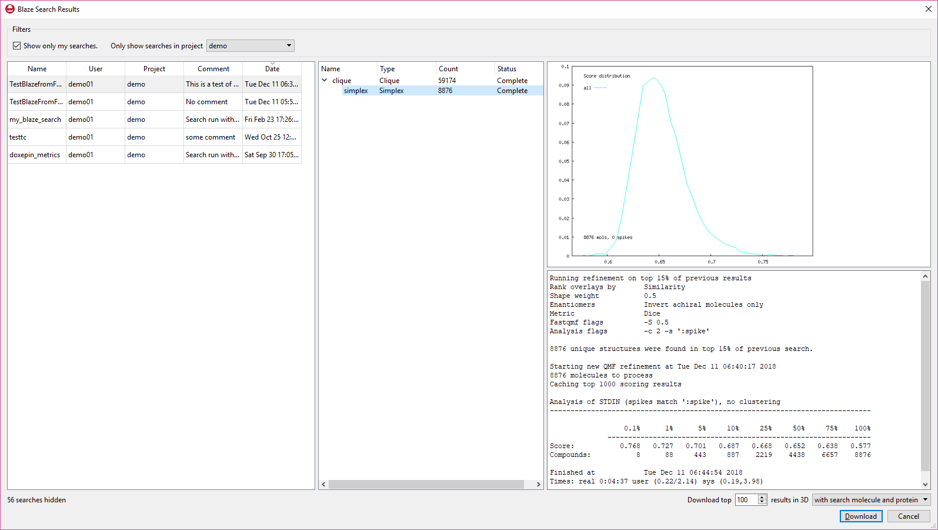Improving PROTAC properties via single-point changes to linkers
We explore how computational methods can be applied to proteolysis targeting chimera (PROTAC) design, to effectively tackle some of the ...
News
While the development team is busy giving the finishing touches to Forge V10.6, let’s have a quick look at what is new in this release.
Forge users told us that the development of QSAR models with strong predictive ability was still a pain point for their projects. Not surprisingly, this is what made us focus on model building in this release.
Forge V10.6 comes with a full panel of well-known and robust Machine Learning (ML) methods (Support Vector Machines, Relevance Vector Machines, Random Forests, kNN classification) which complement those available in previous versions (Field QSAR and kNN regression).
These ML methods can be used to build both regression and classification models, and this is reflected in a QSAR Model widget completely re-designed to provide relevant visualizations and statistics for both model types (Figure 1). While each regression and classification model can be built individually, there is an option in Forge to automatically run all the ML models and pick the best one for you.

Activity Atlas is a qualitative method for summarizing the SAR for a series into visual 3D maps that can be used to inform new molecule design. Forge V10.6 includes a new Activity Cliff Summary method which generates more detailed SAR maps by slightly downsizing the importance of the strongest activity cliffs.
You may want to use the new flavor of the method for understanding the SAR of small to medium size data sets, as this will provide a finer level of detail. For larger data sets (e.g., for quickly understanding patent SAR information), the original algorithm will help you focus on the prevalent SAR signals.
Working with large projects (more than 1,000 molecules with multiple alignments and QSAR models) will be much more efficient in Forge V10.6. You will see improvements in the performance of common operations such as application of filters, calculation and interaction with custom plots, exporting data. The calculation of the large similarity matrices in Activity Miner and Activity Atlas will also be faster, more robust and use less memory.
Furthermore, there is now an option to set-up Forge to use all the available local CPUs, if appropriate, as we have relaxed the 16-CPUs limitation in the previous release of the software.

The improved Blaze results window now shows an enrichment plot and statistics for each Blaze refinement level.

Subscribe to our newsletter to receive the product release announcement, or contact us to learn more about Forge.